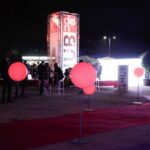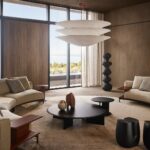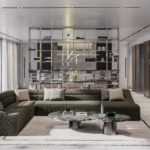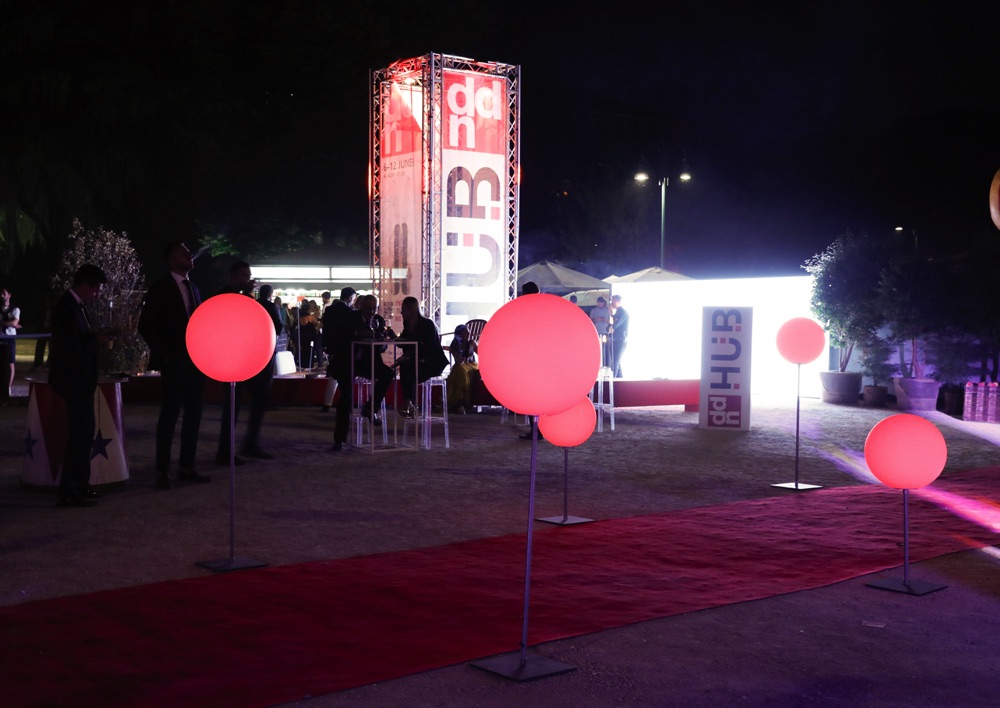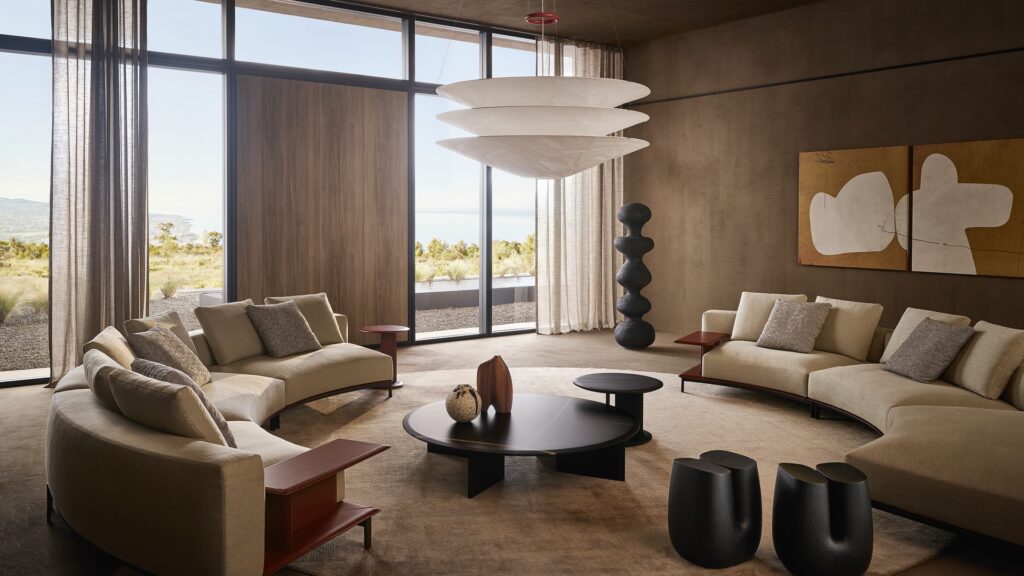Marc Thorpe is an architect and designer, and has worked with many Italian brands for years, partly thanks to his Italian heritage
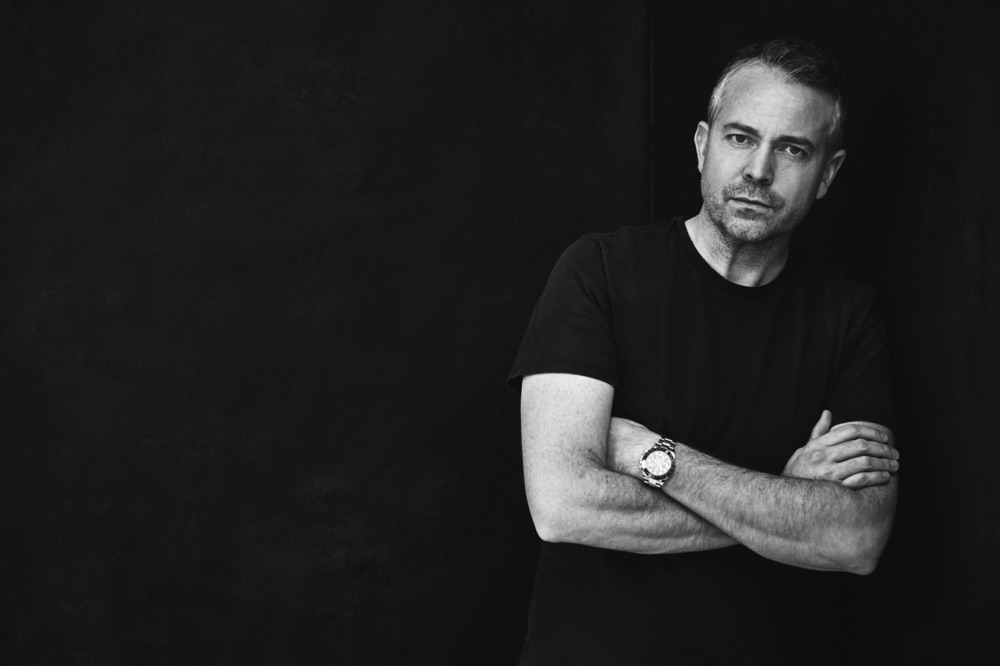
Marc Thorpe is an architect and designer, and completed his studies at the Parsons School of Design in New York City. Also in New York, he established his studio, Marc Thorpe Design, in 2010, with which he carries out his professional, multidisciplinary activity. His approach to design and architecture is based on a single thread, which focuses on research into materials and their impact on environment and human beings. His philosophy can be seen in his design projects, where different materials are combined to create new objects; but also in his architectural projects, where local materials and construction techniques are always privileged, to create buildings that save energy and respect the environment.
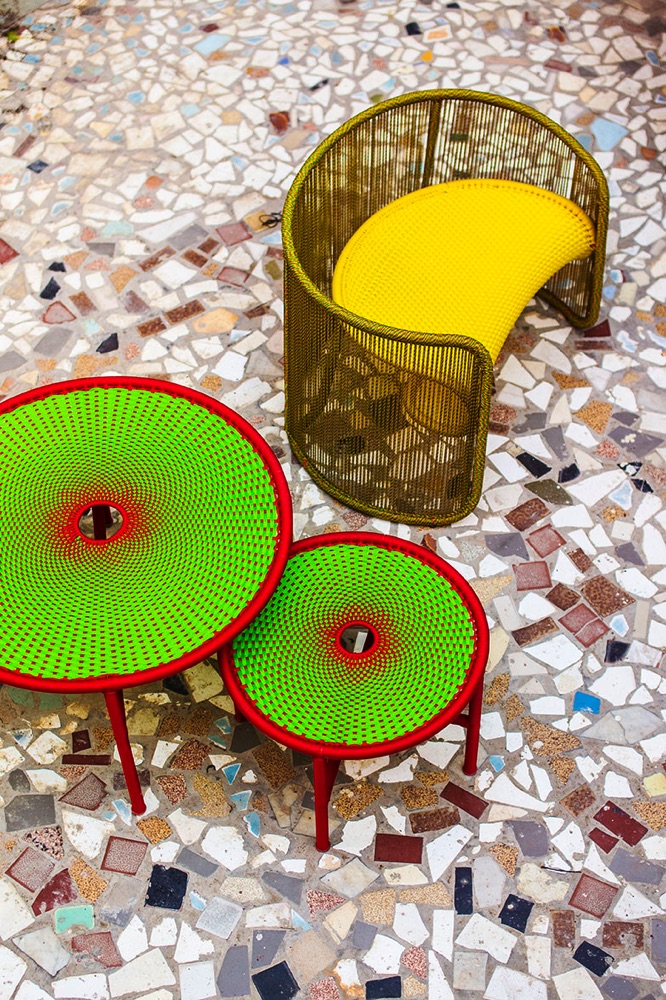
Thanks to his origins, he has a particular affinity with Italy, which led him to work with different brands made in Italy, including Cappellini, Casamania, and Moroso. Besides the furniture industry, he designed glass objects for Venini or beer tapping machines for Stella Artois. He further developed his environmental awareness during the pandemic, founding a new firm division, Edifice Upstate. With the new branch, he designs and develops environmentally friendly, energy self-sufficient buildings.
Read the interview with Omer Arbel, founder of Bocci
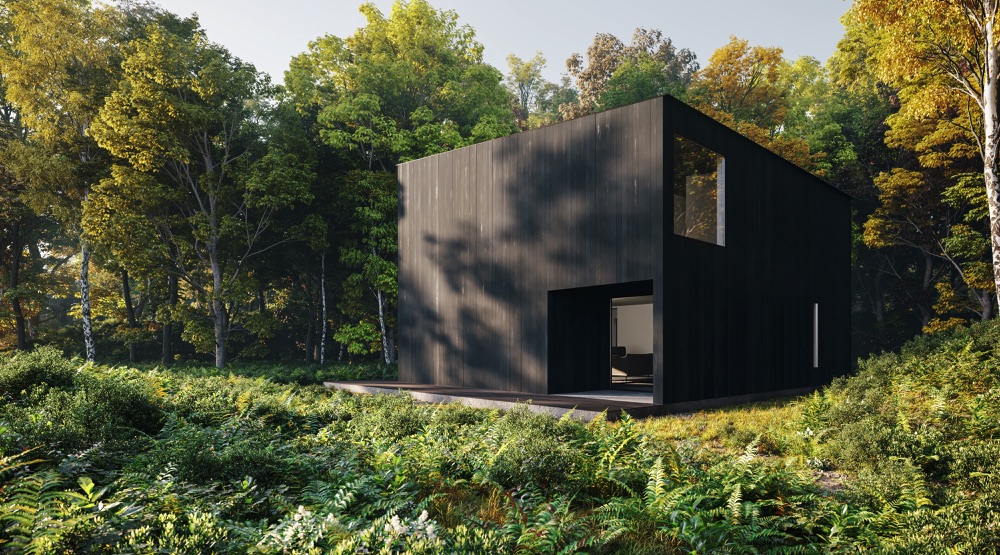
How did you get started as an architect and designer? Where did the desire to get involved in design come from?
“Being raised in a family where art and design were at home, the passion for design developed naturally over my childhood and adolescence. I used to see Italian cars, such as Lamborghini or Ferrari, and found them very fascinating; this led me to study design and architecture, two professions that I find very much related. Thanks to the ‘Italian’ atmosphere in which I grew up, after finishing my studies at the Parson School of Design in New York City, it seemed natural for me to approach Italian firms to work with them.
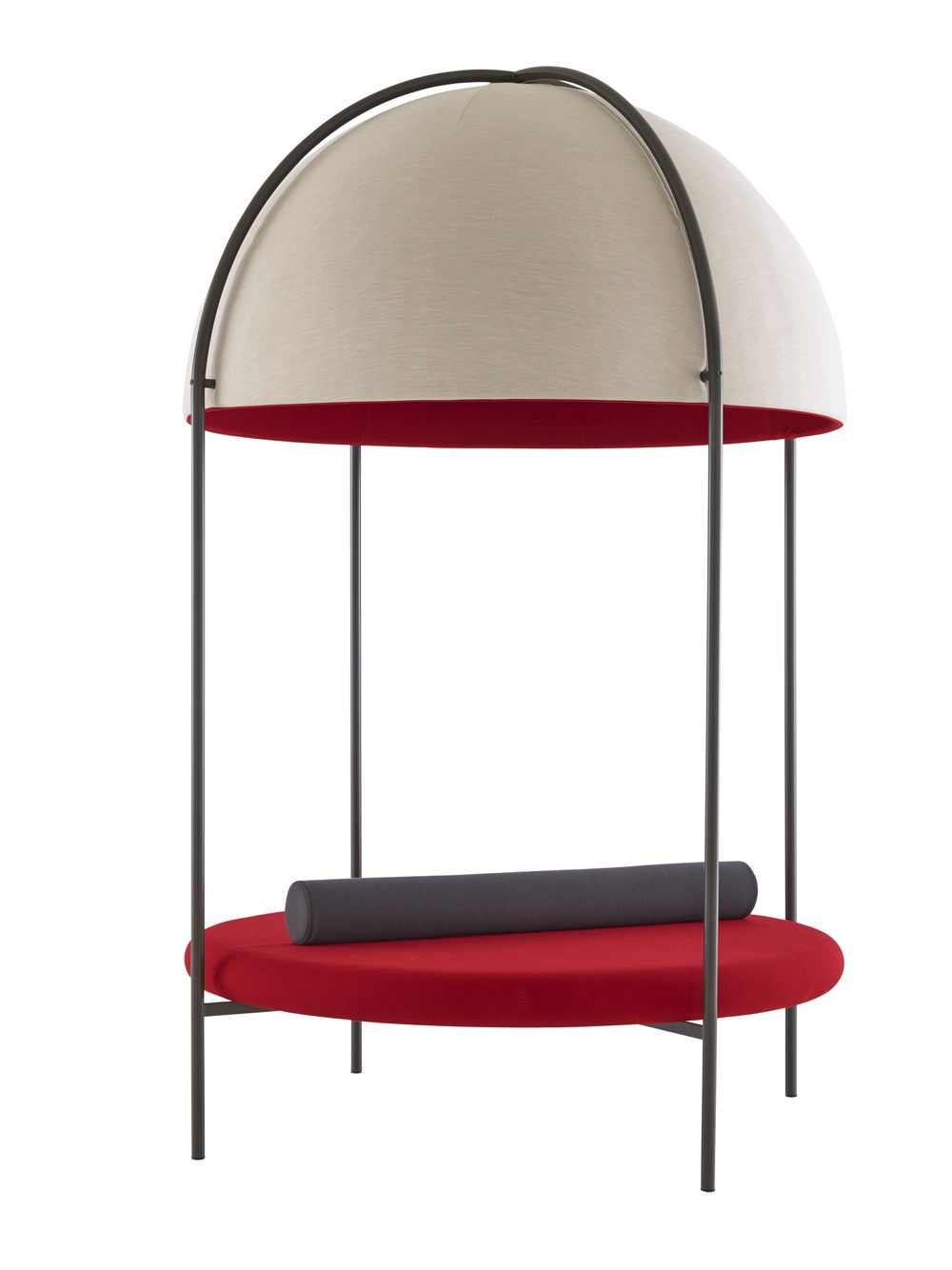
So I started to travel to Italy, which for me represented the cutting edge of design, and I was lucky enough to work with the most famous companies, Moroso, Cappellini, Casamania, and with different European furniture companies. Since the beginning, however, I have tried to expand my activity to other fields; for this reason, next to furniture, I designed, for example, a beer tap for Stella Artois. In the second half of the 2000s, I opened my own studio, Marc Thorpe Design, and since then, my research has never stopped.”
Marc Thorpe: design can help the environment
What does it mean to be a designer today? Can design improve lives?
“The goal of design is to improve life, and usually when you are young, and the practice is in its early stages, you really think you will be able to change the world. Later, as you develop the business, you realize that maybe you won’t change the world, but that doesn’t make the job less meaningful. There are so many chairs and tables in the world, and we certainly don’t need another chair or table if they are the same as all the others, but we certainly need new ideas. Furniture, in fact, has a huge untapped potential, in terms of environmental protection.
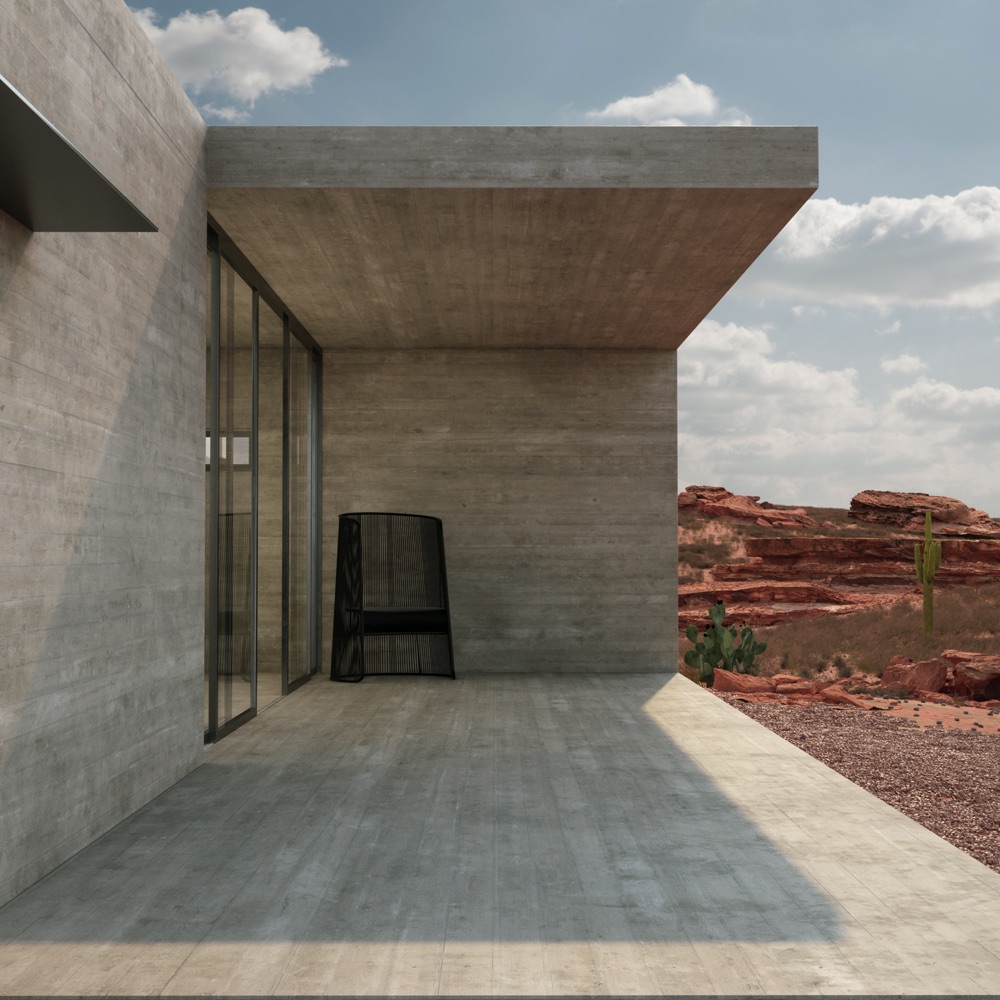
Every time you design a new product, you have to think about the material you are using, the production techniques, and the logistics. Furniture could have the same evolution that fashion has had, or the automotive industry, with the appearance of the electric car. This is why the designer plays an important role, one that can really bring about change. Sometimes, all we have to do is say no when we are offered something that makes little sense, or that contains no element of innovation. A designer might say no to a new chair if it’s useless; an architect might say no when asked to design a new stadium if it’s unnecessary and harmful to the environment.

New technologies and recycled materials
Of course, I know that it is easier to say no when you are already established in your profession. However, when going to the Salone del Mobile in Italy, for example, you are overwhelmed by the abundance of products, and at the same time, you realize that new ideas are somewhat rare. But there are plenty of opportunities to do different things, such as looking at new materials, recycled materials, and different production techniques. I think the time when a designer would go to the Salone del Mobile with his portfolio to look for companies to work with, is a past time; what is needed today, is to think and try to have new ideas for the design of the future, to improve the environment we live in; in this process of design thinking, recycling of materials and new technologies are also important.”
Discover Salone del Mobile.Milano 2022

Among Marc Thorpe’s projects is a collection of objects by Venini, made of blown glass and metal with polyethylene threads, hand-woven. The mixing of materials and the search for local and artisanal workmanship is one of the hallmarks of Marc Thorpe’s work. What are your favorite materials? And what do you think will be the materials of the future?
“Actually, there’s no favorite material; I think the best thing is always seeking the best material for each project. The Krebs cycle of creativity developed by Neri Oxman sums up the design philosophy very well: materials must be created and engineered for each project. This way, materials are both natural and artificial; they are created by humans but also derived from nature. And I think that this will be the evolution of materials in the future; technology gives us so many tools, you have to use them the best way.”

You have worked in the United States, Italy, other European countries, Uganda, Senegal, in many countries around the world. Is there a favorite place to work?
“I am very close to Italy, and Europe in general. My mother is of Italian descent: my grandmother was the first Venini born in the United States; my father grew up in Germany, so I have always breathed Italian and European culture. Also, working in Italy is always a pleasure; I really like the Italian approach to work, I appreciate that sometimes the commercial aspect of a project takes a back seat to the creative side, it makes the project more ethical, more “human-centric .”Certainly, however, I understand that a project must also have economic sustainability. But I think this approach made Italy great in design history.”

Architecture helps to protect the environment
Did the pandemic change anything in the approach to work?
“Pandemic changed a lot of things. Generally speaking, I think it encouraged us to slow down, and that’s definitely a good thing; it helped us re-establish some balance in our lives and decide what is important and what is not. But it may also have forced us to face the fact that we need to take care of the planet we live on. Also for these reasons, I started a new division of my firm called Edifice Upstate. Edifice Upstate wants to promote healthier, more environmentally friendly architecture that uses local materials to build energy self-sufficient, solar-powered, more sustainable, and affordable homes. It is an example of accessible and sustainable contemporary architecture.

Edifice Upstate is the evolution of a journey that began a few years ago with the Sharp House project in Santa Fe, New Mexico. In the Sharp House project, the idea of having only the essentials, of using exposure, materials, light and shade, to have healthy and natural ventilation, even in difficult areas like the desert, had already made its way. Sharp House is also powered by solar panels, which provide all the energy the house needs, and so is the case with the homes in the Edifice Upstate project.”

You work a lot in the furniture industry, so you’re familiar with Milan Design Week. Do you think the pandemic will change anything substantial about trade shows as well?
“Of course, I don’t know, no one can know. But I can say that I really liked the edition of September 2021, the Supersalone; that format seemed perfect to me: quick, lean, essential. I would imagine many small exhibitions in the city, with an event at the Fairgrounds, smaller than the classic Salone, but with a longer duration; brands could present fewer but more developed products, instead of many prototypes. Such a concept would be much more sustainable, and maybe the products would be too. While waiting to see what happens, I can anticipate that at the next Salone del Mobile, I will present a product, a coffee table for La Manufacture.”


